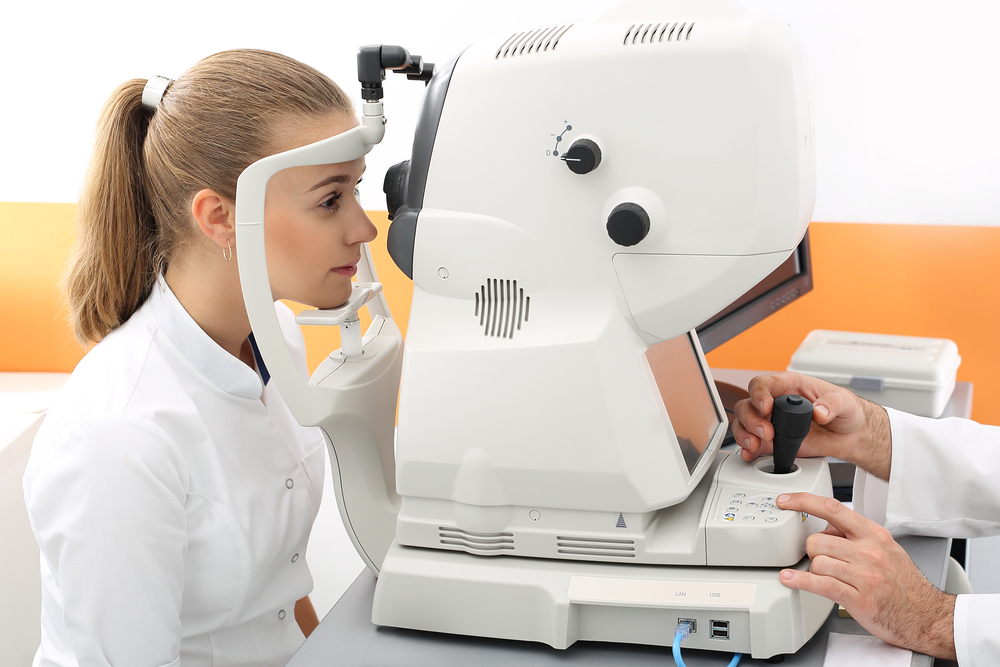Visual Field Testing in Scottsdale and Phoenix
We often associate our vision with being able to see what’s directly in front of us. But your visual field spans to the corners of your eyes too. This is called peripheral vision and it’s needed to see what’s happening around you.
Measuring this part of your vision gives our ophthalmologists insight into your vision strength and vision loss. A visual field test may be the best way to find a solution that can halt vision loss.
What Is a Visual Field Test?
Visual field testing is one way our team can evaluate your vision and determine if you have vision loss. For example, a visual field test can help detect blind spots in your vision. The size and shape of blind spots, called scotoma, can give insight into eye diseases or brain disorders affecting your vision.

Visual Field Testing for Eye Disease
If you’re at risk for vision issues, disease, or loss then visual field testing should be a priority. It’s an effective way of detecting and monitoring conditions including:
The 6 Visual Field Tests
1. Confrontation Visual Field Test
2. Automated Static Perimetry Test
3. Kinetic Visual Test
4. Frequency Doubling Perimetry
5. Electroretinography
6. Amsler Grid
Schedule Your Visual Field Test in Phoenix and Scottsdale
Finding out you have an eye condition is never fun, but having your visual field tested can help you prevent or treat vision loss. Don’t wait for your vision to get worse. Schedule visual field testing with our doctors in Phoenix or Scottsdale today.
